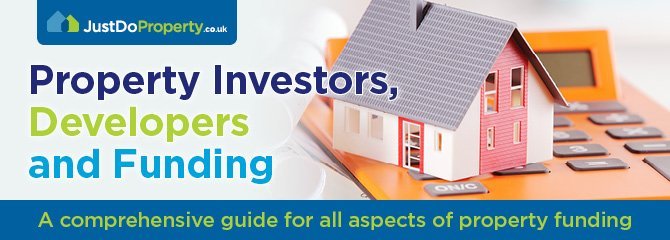
The latest house price index, calculated using Land Registry figures, continues to confound many of those predicting a crash. Annual figures to August 2018 show an average increase of 3.2% in UK house prices. This figure is slightly down on the 3.4% annual growth seen in July 2018 but house prices did increase by 0.2% between July and August. While the market continues to perform admirably in challenging conditions, what is happening below the surface?
House price trends
The average property in the UK, according to the Land Registry, is now valued at £232,797. Even though many headlines will highlight the slight reduction in annual growth to August 2018, let’s not forget that average house prices are still rising. However, under the surface there are a number of trends emerging which make for very interesting reading.
Best and worst performing markets
The best performing property markets in the UK at the moment are the East Midlands (up 6.5% to the year August 2018) and the West Midlands (up 5.1% to the year-end August 2018). The London market is still weak with a fall in house prices of 0.5% between July and August leading to a 0.2% annual fall. The London market has been relatively flat over the last six months but could this move into negative territory prompt a flurry of sellers?
The number of seasonally adjusted property transactions in August came in at 99,120, confirming market expectations with a fall of 2.6% on last year. However, there was a 1.3% increase in transaction numbers between July and August 2018.
Liquidity issues
There have been a number of concerns regarding liquidity issues in the UK housing market for some time now. On one hand we have sellers awaiting the outcome of Brexit negotiations while first time buyers still struggle to climb onto the property ladder. We also have the UK government continually starving the market of newbuilds which creates competition for a smaller pool of suitable properties for sale. Whether this has artificially supported the average UK property price remains to be seen but liquidity is certainly a talking point.
Core strength
At this moment in time property investors are focusing their attention away from London which continues to gradually slip away. The East and the West Midlands have performed exceptionally well over the last 12 months. There is no doubt that some of the more popular markets in “traditional times” are suffering with perceived property premiums eroding and investors looking elsewhere. The only exception seems to be the North East of England where house prices have not recovered although this may be down to general UK economic concerns.
It is also worth taking into account the continued flow of relatively cheap finance although mortgage regulations have curtailed some applications. Even though the Bank of England recently increased UK base rates they are unlikely to return to anywhere near more “traditional” levels for the foreseeable future. The UK annual inflation figure for September came in at 2.4% which was a welcome fall from 2.7% in August. If this trend continues, we may see the Bank of England forced to rethink its policy of increasing base rates.
No sign of panic
There is no doubt that the UK property market has performed far better than the vast majority of experts had predicted. London aside, concerns about Brexit have been overlooked in the short to medium term with recent investment focus more on “value for money”. The fact that sellers are unwilling to unload their properties at current prices is encouraging. Many buyers are also happy to watch from a distance, keeping their powder dry.
While some people prefer to use the Nationwide House Price Index, which uses more recent data, the Land Registry figures are based on completed transactions. There may well have been a further softening of the UK housing market since August but investors/homeowners have so far been extremely level headed in their approach.
Conclusion
It was no surprise to see a softening of annual house price growth between July and August 2018. However, amidst the flurry of negative headlines it is easy to forget that average UK house prices are still rising. The next few months may well be the most challenging of late, with talks of a Brexit no deal or some kind of extension to the timetable, but so far so good.
It is those areas of the UK which created the most “froth” in recent years which have been hit hardest of late. Will investors come flocking back when economic concerns have been addressed or are investors now more focused on value for money and previously underperforming markets?
- Homebuilding and Renovating Show Free Tickets - March 19, 2024
- From Fixer-Upper to Dream Home: Investing Returns in Your Property Journey - March 13, 2024
- Leaving on a High Note: Acing Your End of Tenancy Clean - March 13, 2024



